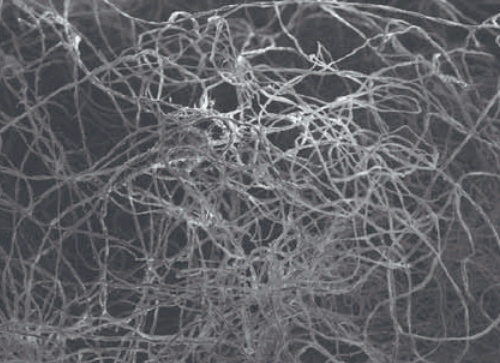

Experimental phase function and degree of linear polarization curves of millimeter-sized cosmic dust analogs
Mar 2020 We present laboratory measurements of the phase functions and degree of linear polarization(DLP) curves of a selection of millimeter-sized cosmic dust analog particles. The set includes particles with similar sizes but diverse internal structure(compact and porous) and absorbing properties. The measured phase functions are found to be in all cases very different from those of micron-sized particles. They show a monotonic decrease with increasing phase angle from the back- to the side-scattering region, reaching a minimum at large phase angles before a steep increase of the forward peak. This is in stark contrast to the phase functions of micron-sized particles, which are rather flat at low and intermediate phase angles. The maximum of the DLP for millimeter-sized compact particles is shifted toward larger phase angles(∼130°) compared to that of micron-sized particles(∼90°). Porosity plays an important role in the measured DLP curves: the maximum significantly decreases for increasing porosity as a resultof multiple scattering within the particle. Large porous particles with highly absorbing inclusions can reproduce both the OSIRIS/Rosetta phase functions and ground-based DLP observations of comet 67P/Churyumov–Gerasimenko.
The Astrophysical Journal Supplement Series,247:19, 2020